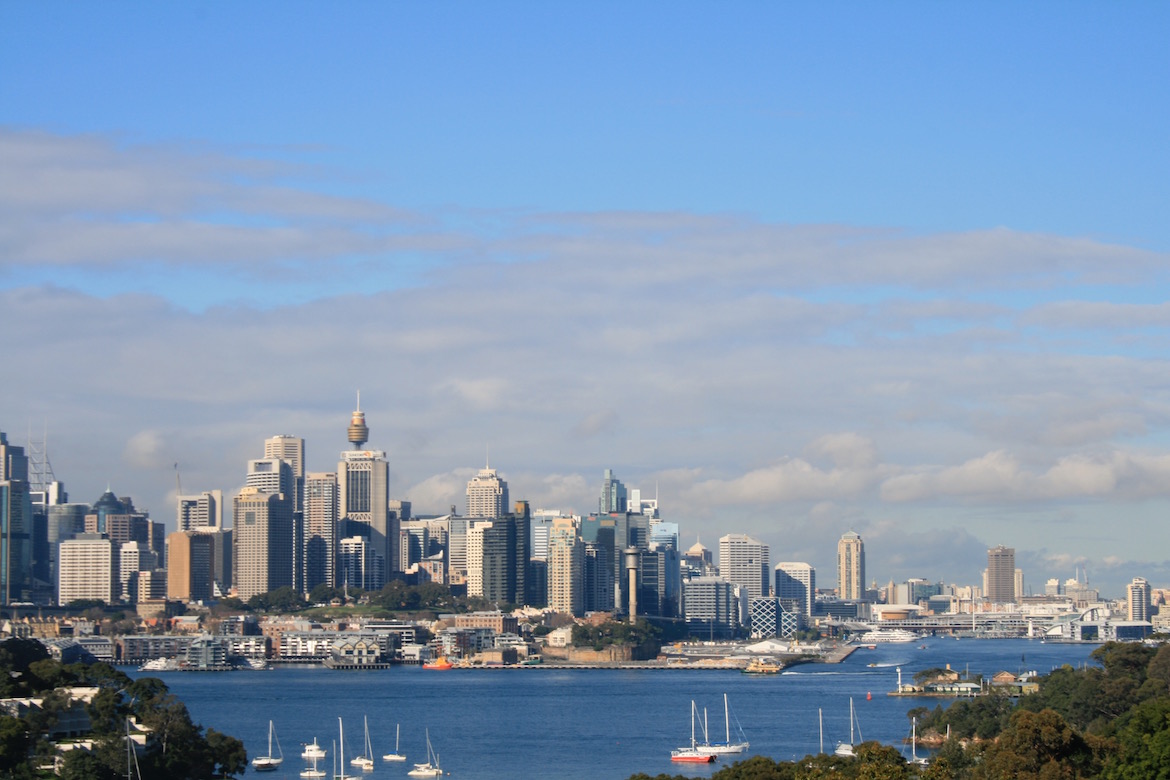An editor at a recent workshop stressed the importance of “keeping it real”, when writing fiction. That is, at least partly, why I started off on the writing journey with memoir. From there I moved on to writing memoir using fictional techniques of characterisation and events. From this sort of creative memoir, I graduated to writing fiction.
In the beginning, I felt that non-fiction equalled “realness”, authenticity. And I feared that I would fall prey to artificiality, if I used my sole imagination in writing fiction. My fiction would come across as unbelievable, the opposite of the French word ‘vraisemblable’.
I have now come to the realisation that this is not entirely true. Many writers seem to cut loose from memoir and use their imagination when writing fiction. However, even if the connection is unconscious or tenuous, writers will always draw from what they know.
And one needs to employ fictional or creative techniques in writing non-fiction, too. That is if you want it to be good or accessible to the reader.
So the trick is to write about what you know, while at the same time employing the literary devices, such as narrative techniques, characterisation, dialogue and imagery.

Photomontage – Composite of 16 different photos which have been digitally manipulated to give the impression that it is a real landscape. Software used: Adobe Photoshop (Photo credit: Wikipedia)
It is usually obvious to a reader when a writer of fiction is going “over the top” in terms of language, plot or descriptions. Of course, sometimes this is warranted by the genre or the type of writing, however in general it is best to conjure up the appearance of reality by choice of words. Relying on sensationalism is usually not a good idea. Nor is the overkill of too many adjectives and adverbs.
Our editor friend explained the situation by saying that richness in content is OK, but not wordiness in style. For example, a very painful experience in someone’s life does not become more powerful through the use of many adjectives. It is better to choose one apt or original one, rather than to lay them on thick like jam. So the need to cut and tighten are often paramount when it comes to a writer’s first manuscript. And sometimes it will be a whole paragraph, or a whole scene, that are causing the flab, or are wasteful.
Editors and publishers are also looking for honesty and originality. So write about what you know. If you are uncomfortable, or “haven’t faced up to your demons” it may be better to not go there yet, as you can’t pull back once you have started on a particular pathway.
The session ended on a positive note with the call to list what you know, as you don’t always know what you know.
Many of the ideas here are gleaned from the presentation given to our group by Catherine Hammond, a freelance editor with valuable experience in the publishing area, whose input is always appreciated.
My photo of Sydney Harbour is only slightly air-brushed using Photoshop, which I am trialling at the moment. If I made too many changes, it would result in something verging on artificial. Like the hyperbolical texts referred to above. I see my creative writing and photography going hand-in-hand, as I enjoy the challenge of improving in both areas.

